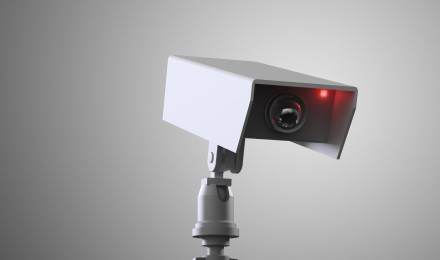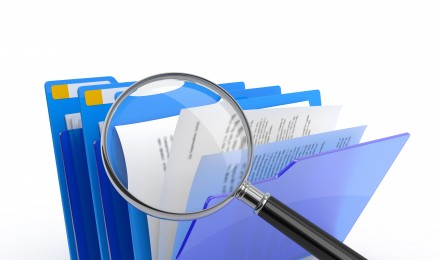Nearly everyone has experienced the dread of getting that little text message, email, or letter in the mail. It comes from the bank when there is no statement due and nothing is expected. Suddenly, even before reading it, you realize: you have overdrawn your account. Upon further investigation you find out that you have been charged an overdraft fee of $30. But all too often that is not the only charge you get hit with (by the way, unless you habitually overdraft, a quick call to the bank explaining what happened will usually get the charge taken off your account).
Banks have two different overdraft fees. There is one for the actual act of drawing too much on the account, and there is another for not having enough funds in your account to pay for the transaction. The way they are determined are complex, and both carry fees that can blindside customers.
Suppose you bank at XYZ bank and you write a check. The recipient cashes the check at ABC bank, which will then draw the money from your account over at XYZ. If you do not have enough in your account, a notice will go to ABC bank stating that is the case, and generally ABC will draft the account again just to make sure. What happens is you are hit with two overdraft fees. To eliminate this problem many banks will offer a service attached to the account that will front the money to those who have overdrawn their account. So the recipient will be paid, but you will be hit with a non-sufficient funds fee. The problem with this is that every day that your account is in the negative, you get charged another fee. So if you cannot make a deposit right away, your bill will climb quickly.
The Consumer Financial Protection Bureau recently did a study on these overdraft fees to determine just how fair they are to the customers. Their findings were not completely shocking, but what is surprising is that the old model of banking does not really apply anymore. Instead of banks making their money by collecting from depositors and lending to borrowers, they now make their money off fees. In fact, nearly 60% of the profit that comes from checking accounts comes from fees associated with them. This means that those free checking accounts don’t end up so free if you get overdrawn.
But the reason people get overdrawn in their accounts is not just because they are poor money managers. The primary reason is that the transaction postings are convoluted and not standardized across the board. For instance, if I have $100 in my account and I use my debit card to make transactions in the amounts of $5, $45, $10, and $60 my account would be overdrawn. But how banks post transactions determines how many overdrafts I have. If the $60 posts first, and then the $45, then the $5, then the $10, I will have 3 overdrafts. However, if they go in order of the purchases, I only have 1 overdraft. Unfortunately it is just up to the bank to determine if they post chronologically, randomly, or in lump sum batches in the middle of the night.
The average overdraft fee is $30. However, in a given year the average overdrafter racks up $225 in fees. The reason is partly because the majority of people do not overdraft. Those who do, chronically do so. But poor money management aside, the CFPB has found that banks make a lot of money off their overdraft fees. They have also found that there is some serious standardization that needs to take place in order to make those fees more visible and easier to understand.







